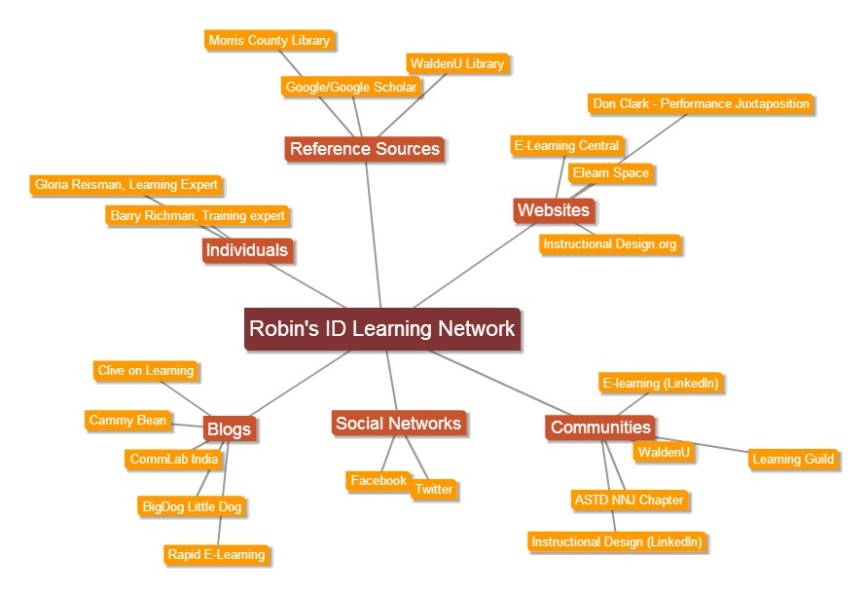As I explored learning theory these past 8 weeks, what struck me most was that I could improve the way I learn by learning about learning…in other words applying metacognition.. I was never consciously aware of learning strategies. I’m sure we covered such strategies throughout my school years, but somehow they never really sunk in. That may have been because I had learning challenges and never felt like the standard techniques worked for me, so I did everything my own way. Now, with the wisdom of maturity, I can see how learning how to learn is actually useful…proven by the fact that I did better at absorbing the information in this class as a result of the class itself.
I was specifically struck by the stage theory of information processing. I always saw remembering new information as an onerous, rote process. I never realized that it could be much easier by understanding how memory happens. Now, when I take in new information , I consciously “store” it, connecting the new information to other ideas so that I can retrieve it easier. I think it is working. Time will tell.
One of my big realizations has to do with interactive learning. In my experience designing instruction by seat of pants, I always steered away from lectures and towards active learning, where participants are given challenges to work through. It instinctively seemed to me to be the best way to teach, because in my experience, it has been the most effective way I learn. Now that I have the theory behind it, I understand that at the core of this instructional strategy is the learning theory of Constructivism. When learners construct knowledge for themselves, rather being passively spoonfed, the learning is deeper and more impactful.
The relationship between learning theories, learning styles, educational technology and motivation is quite interesting. Learning theories have provided insight into how we learn, but I feel like we’ve just scratched the surface in this course. In terms of explaining exactly how we humans learn, I think Cognitivism is the most complete and comprehensive theory. I realize that the computer-oriented information processing model is no longer in vogue, but I find some comfort in transforming this vague thing we call learning into discrete processes that make logical sense. I realize it is oversimplification, but it is a helpful model. While Learning theories explain the mechanics of how we learn, learning styles address preferences for how we take in information. I think learning styles align most closely with Cognitivism, as Cogntivism directly addresses sensory input and information processing, which are key to the learning styles. Educational technology crosses all of these concepts, as technology has become the underpinning for everything we do in learning or anything else in life. While technology is most directly related to Connectivism, it plays a role in support learning processes that are based on any of the theories. Finally, motivation is directly addressed in Cognitivism and Behaviorism, but since motivation is a core issue in learning, it becomes a factor whether one is trying to understand how people learn, trying to reach individual learning styles, or exploring the use of technology to engage learners.
As I embark on my career in Instructional Design, I expect that I will refer often to the concepts presented in this course. Now that I have been exposed to the literature around learning theories, I know I have a vast body of knowledge I can turn to when trying to not just deliver training, but design an experience that is fully and deeply effective. While I believe I will always rely on my gut instincts for inspiration and direction, I now have conceptual models to test and validate my ideas.
